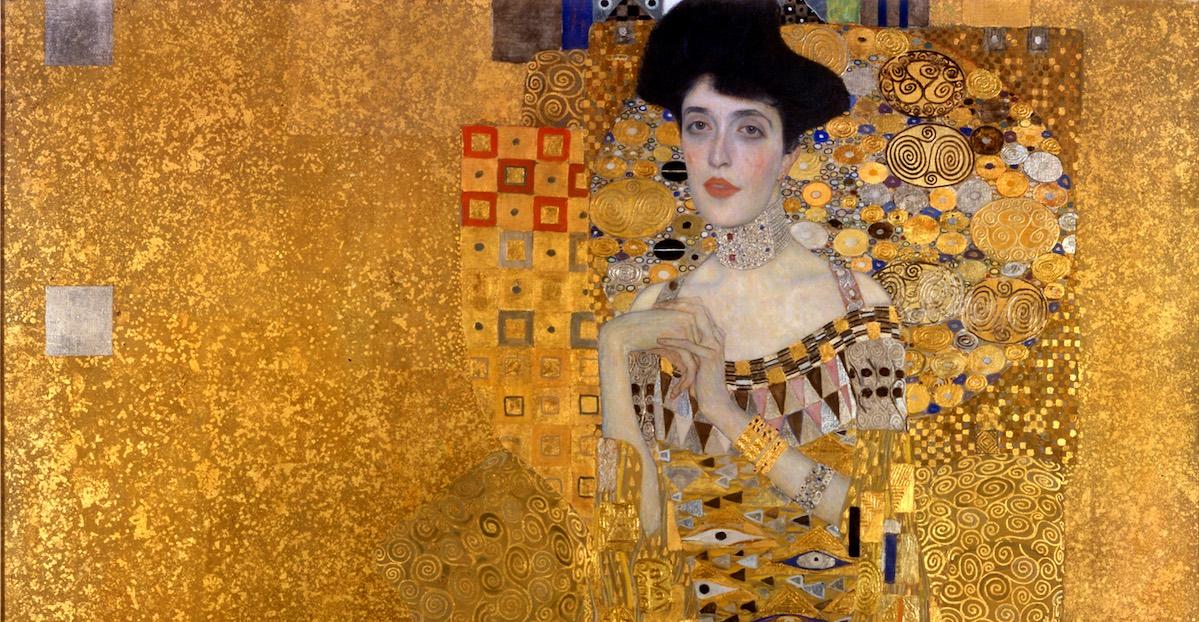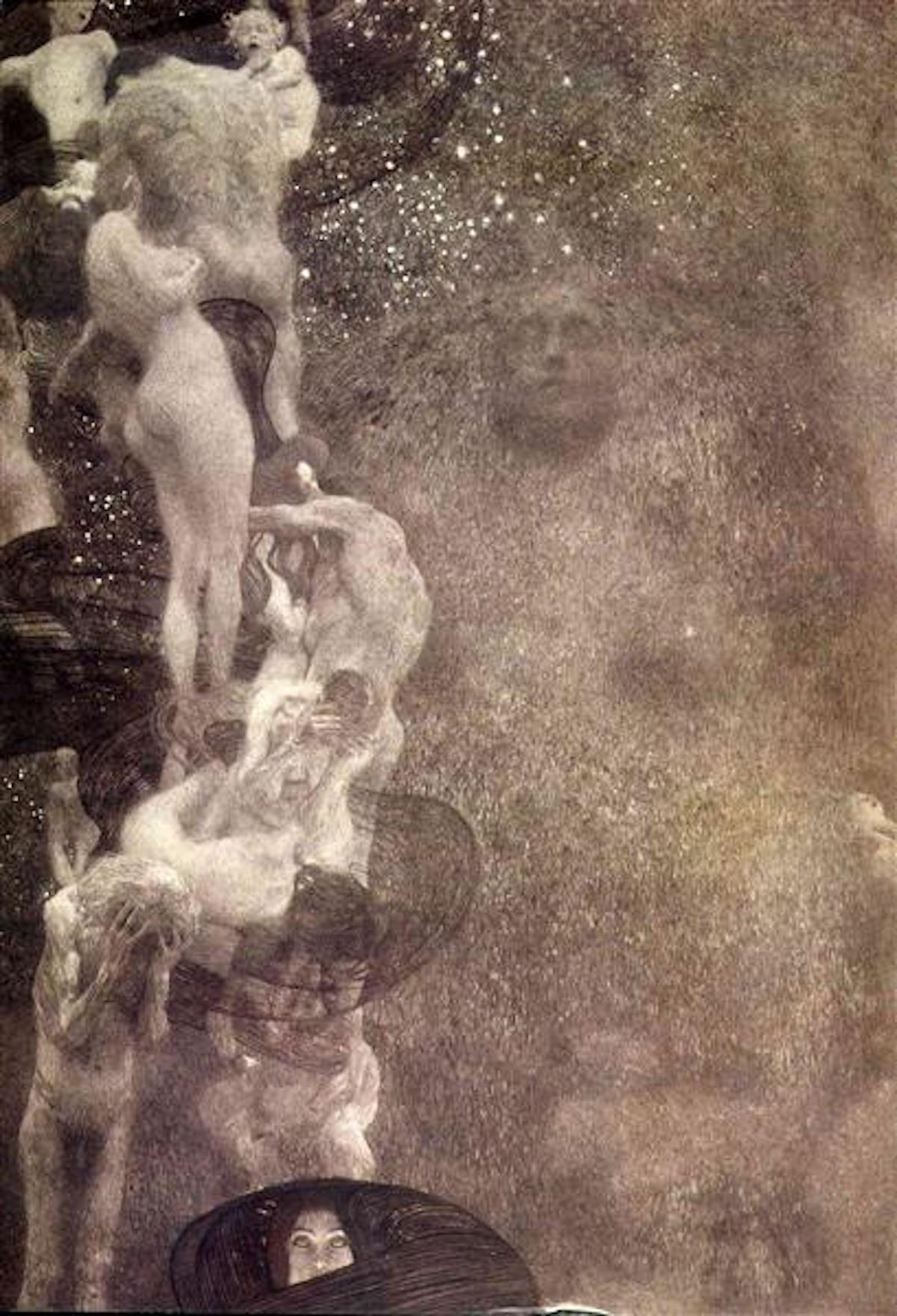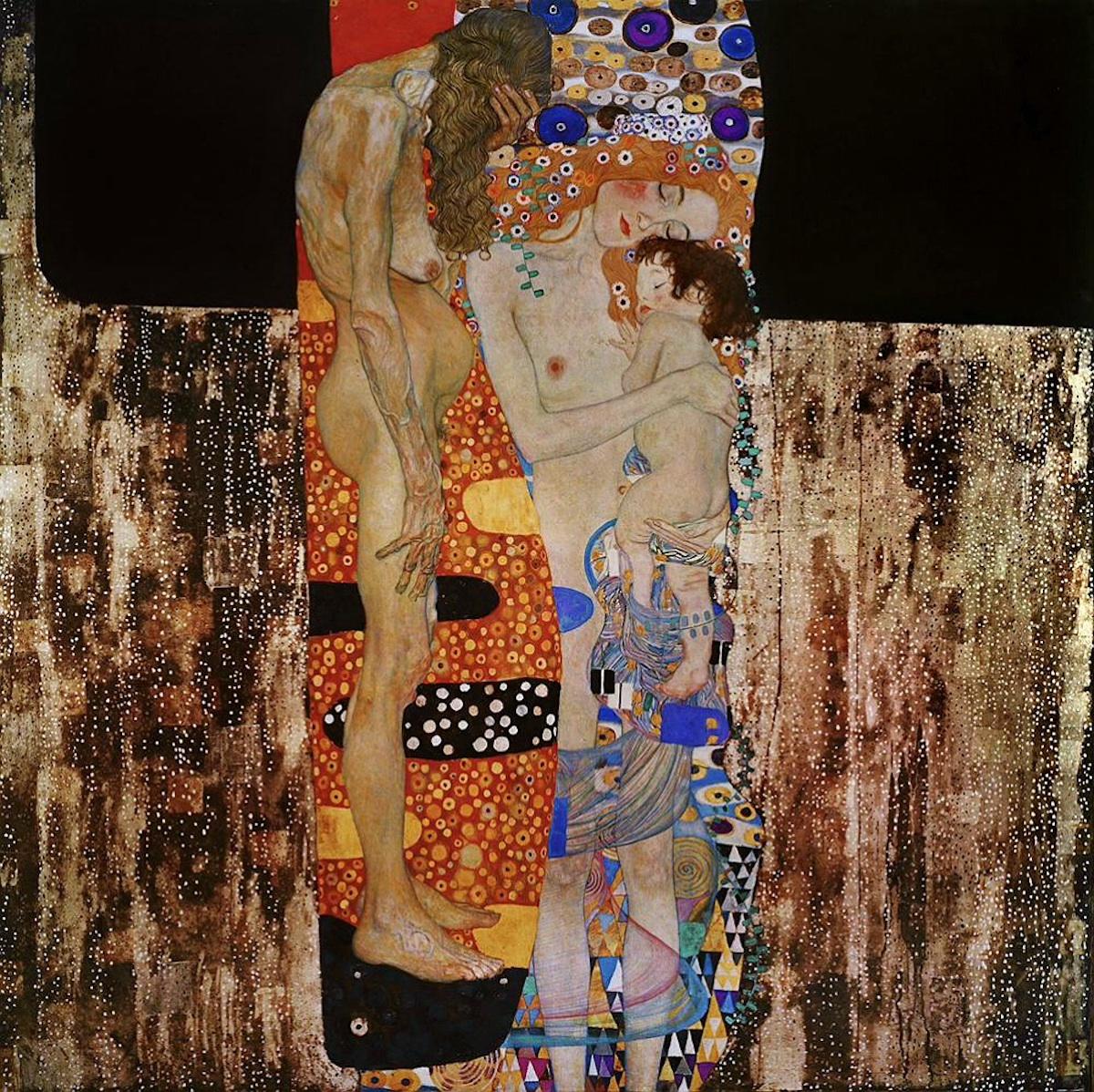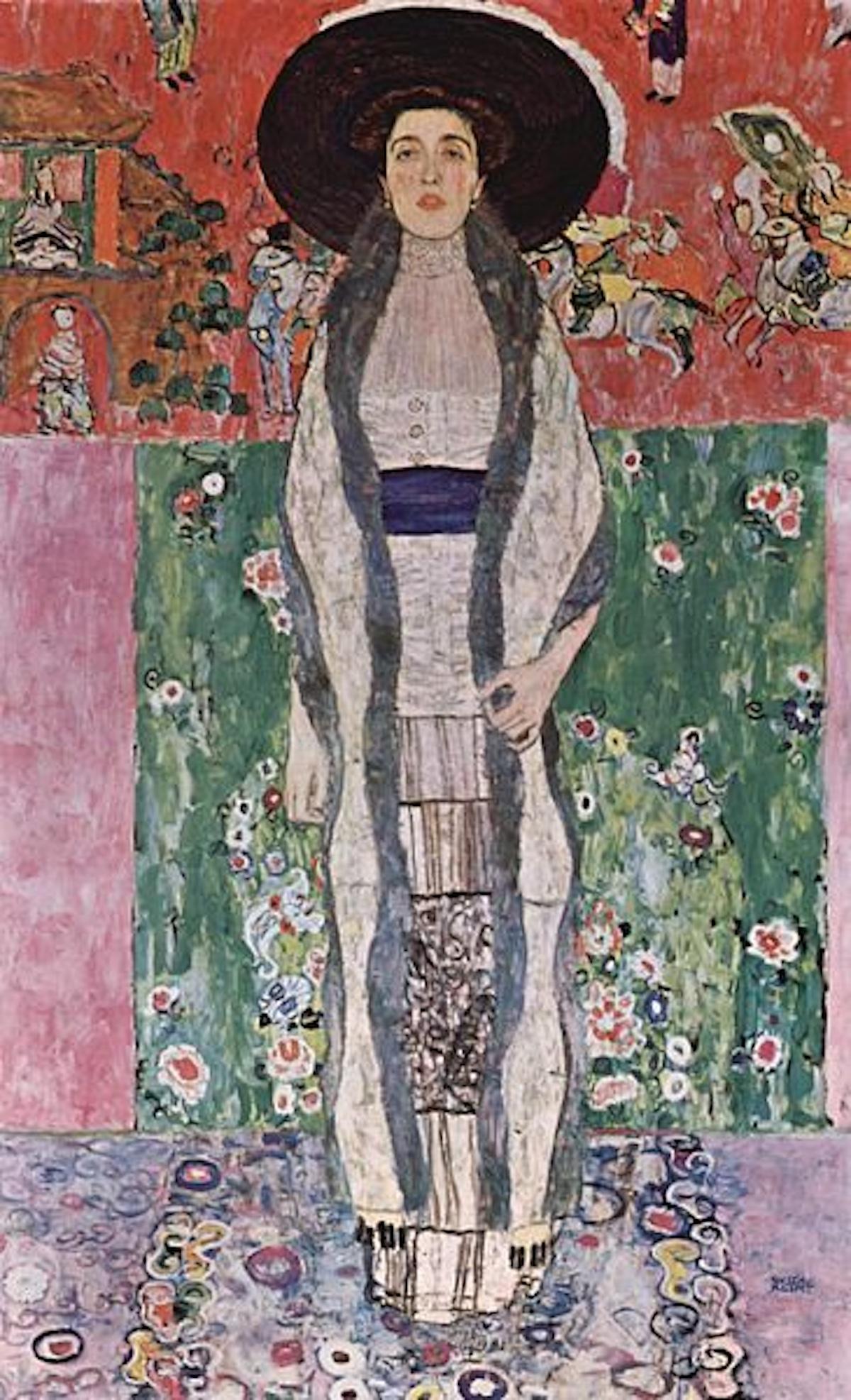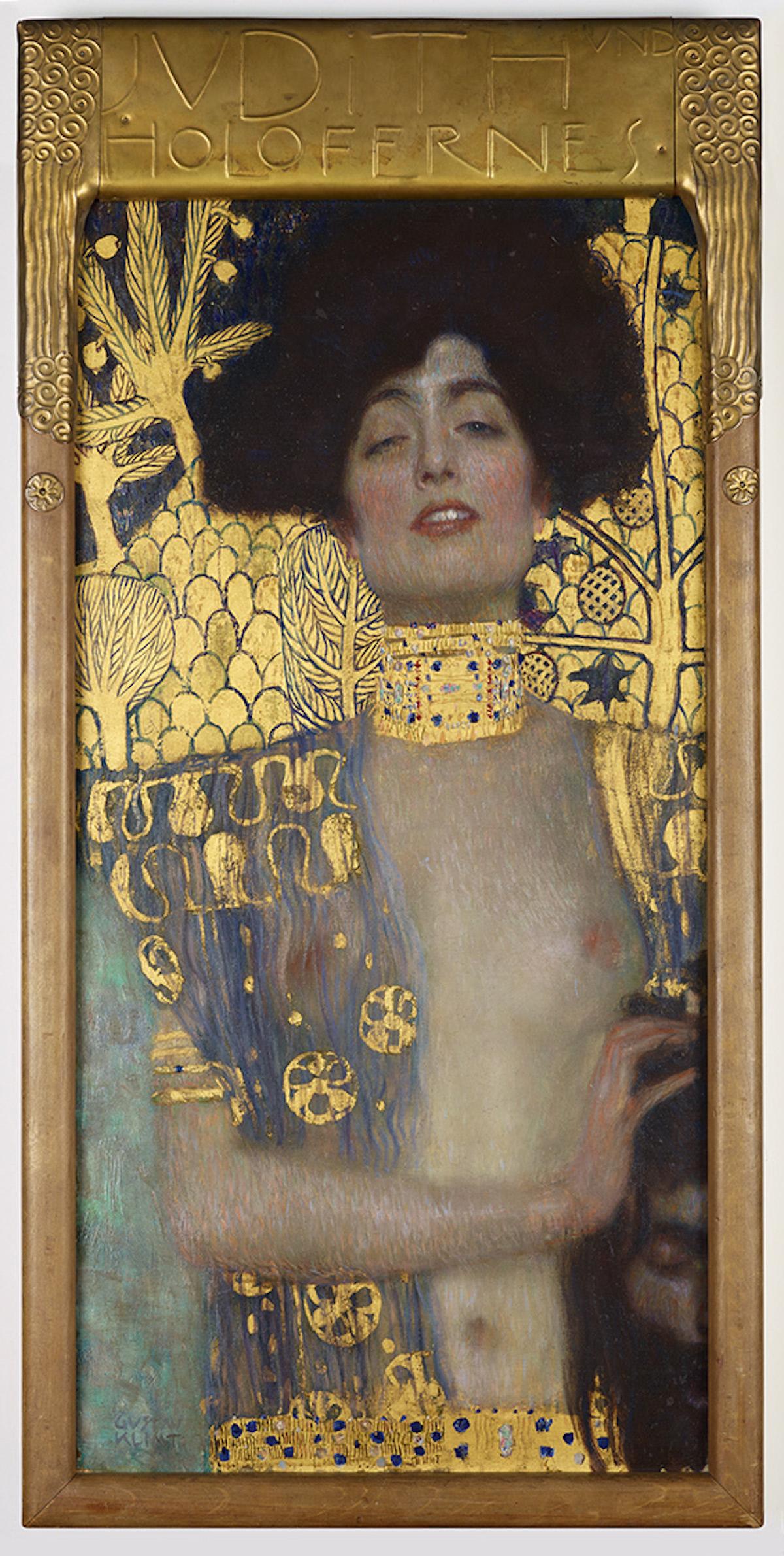The Vienna Secession is arguably rooted in the creation of Modernism. As a criticism of the conservative institutions in Vienna at the time, the movement challenged existing ideas on philosophy and artistic style. Secessionist artists proposed and created new aesthetics which challenged historical art and pushed for new aesthetics.
Klimt served as the first president of the Vienna Secession and is arguably the creator of the Art Nouveau movement as well. In an effort to separate itself from the conservatism of Victorian Europe, the Art Nouveau movement embraced female sensuality, power, and strength across different mediums such as fashion, art, and architecture.
The fighting spirit of the Art Nouveau woman can arguably be found in Klimt’s portrayals of Adele Bloch-Bauer (1881-1925), a Jewish socialite of Vienna who rejected society’s norms of womanhood. The turn of the nineteenth century was a period of political and cultural tension in pre-World War I Europe, with rapid industrialization occurring simultaneously with rising antisemitism.




